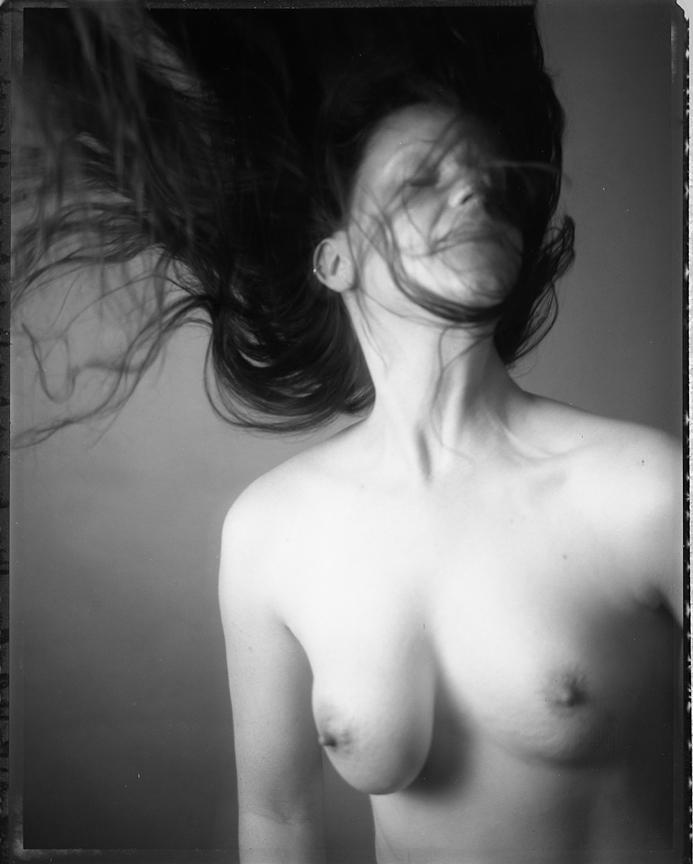I’ve been using the new Polaroid I-2 camera quite a bit lately. I was honestly very hesitant to purchase this camera when it came out because it is expensive for a Polaroid and I wasn’t sure it would give me much of an advantage over the SX-70 camera I already own. I decided to jump on it though when I found a really great sale and I have to admit I’m enjoying it a lot more than I thought I would.
The Polaroid I-2 has some great advantages over the SX-70 such as the ability to do multiple exposures (I’ll post some of those later), more precise exposure control, and best of all the ability to use 600 and i-Type film, both of which I honestly like better than SX-70 film due to the higher ISO. Polaroid cameras after all have fairly slow lenses, even in the models that are considered more premium and the Polaroid I-2 is no different. The maximum aperture is only f/8, which is impressive for an instant camera, but not so impressive when it comes to working in low light. Working with higher speed film has some obvious advantages here.
Photographed with a Polaroid I-2 and Polaroid 600 color film.
It’s incredibly rare for me to make any more than one or two instant prints during a planned photo session and even more rare still that I find myself in a situation working with more than one model. Typically when I bring an instant camera to a photo session the purpose is more to take one or two shots to document the day and take a break from working with a more “serious” camera.
With the Polaroid I-2 however, I feel like my attitude has shifted a little bit. The Polaroid I-2 *is* the serious camera, which just encourages me to make more images with it before going back to traditional roll film. It’s a fun an interesting shift in my creative thinking that I like quite a bit. Granted, given the cost of instant film my wallet doesn’t seem to like this so much, but my brain certainly does.
Photographed with a Polaroid I-2 and black and white Polaroid 600 film.
The black and white print is a perfect example of why some manual control over exposure can be a really fun thing with an instant camera. I underexposed the image by about one and a half stops to give the image a bit of a “ghostly” appearance and simplify the composition to pure lines and shapes. I thought it turned out pretty well. In fact it is probably my favorite photograph of this session, and that includes the images I made with regular film and my Hasselblad. That’s really saying something!
Photographed with a Polaroid I-2 camera and Polaroid 600 color film.
With the color prints, the yellow-ish quality of the natural light is really exaggerated. The natural light in the scene was on the warm side, but not nearly as yellow/gold as the final prints would make it seem. That’s just one of those things when it comes to instant film that you have to fall in love with or else pull your hair out in frustration. Color accuracy is never going to be the strong suit of a Polaroid print. You either embrace this fact and call it a good thing, or you just don’t work with instant film at all. I honestly found this to be true even back in the heyday of instant photography when tons of film stocks were available despite other photographers I know looking back at those time with some rose colored glasses on.
What I also tend to find universally true about instant prints is the scans are never quite as impactful or fun to look at as the physical prints. So much so that I’m honestly hesitant to share them here on my blog. I’ve come close to hitting the delete button several times because the scans just look kind of flat and the charm is a little bit lost when viewing them on a screen.
I suppose that is half the point of instant photography though. You compose an image, make choices with the camera, click the shutter, and out comes a finished print - a little treasure to be appreciated in the moment.

